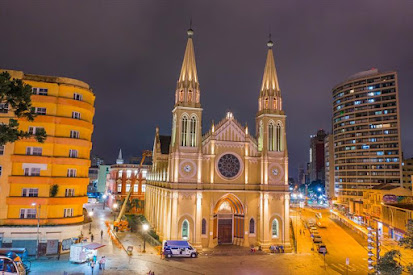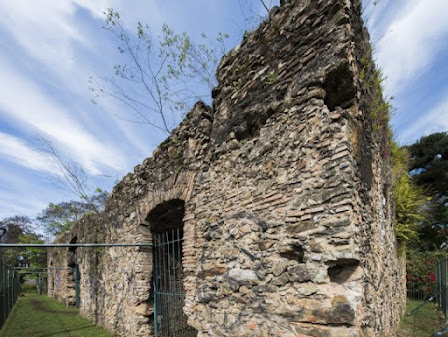The revival architecture of Curitiba: neoclassical and neogothic buildings
Hello, readers!
Today, we will present two revival architectural styles present in Curitiba: neogothic and neoclassical.
In the 19th and 20th centuries, many architects started looking to the past for a source of inspiration, resulting in the revival of antique styles. While this trend was being slowly adapted to the Americas, Curitiba started receiving a massive influx of population, which increased the demand for public use constructions, such as universities, hospitals and churches.
The neogothic style, in this context, was widespread in the design of churches, which would later meet the needs of many religious communities, such as the Catholic, Lutheran and Orthodox affiliations.
Cathedral of Curitiba
In this cathedral, we can observe essential elements of the neogothic style, such as its uncommon height, the twin pointed arches and the presence of stained glass in its interior. However, contemporary characteristics, such as the structural design, the type of painting and the absence of flying buttress mark the modernity of the cathedral.
Historic Building of the Federal University of Paraná
The Historic Building of the Federal University of Paraná is a symbol of the neoclassic architecture at the hear of Curitiba, whose white symmetrical columns trace back to the Greek and Roman styles. This is explained by the core characteristics of the constructions, such as its grandeur of scale, sobriety of forms and sublime aspect. Completed in 1954, it functions as the head office for the courses of Law and Psychology. In 1999, it was elected by the population as the most important representation of the city, as a source of its intellectuality and scientific entrepreneurship.



Comentários
Postar um comentário